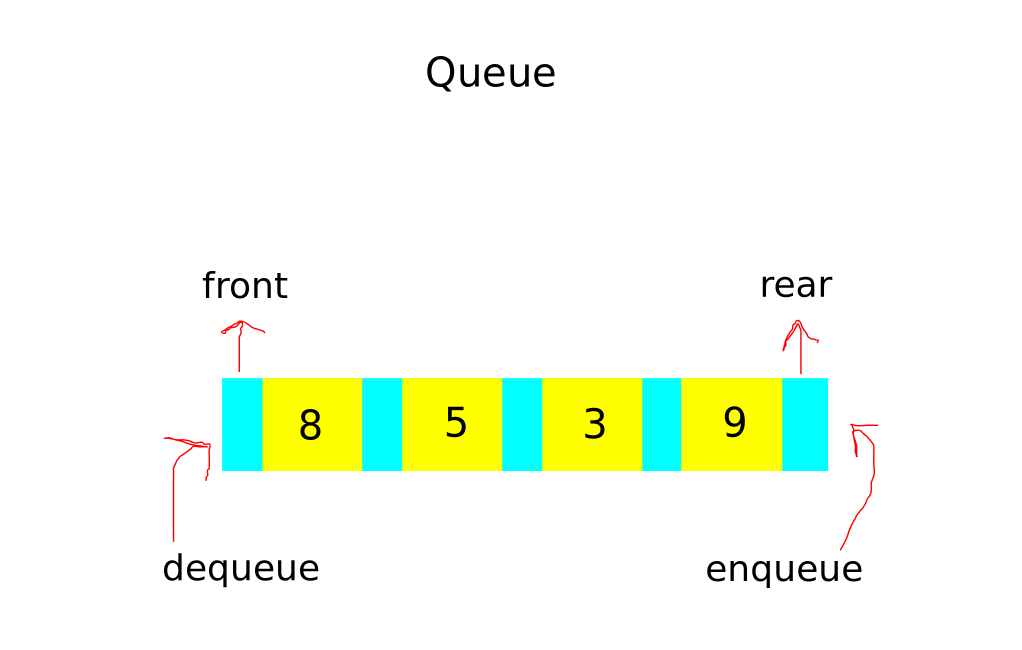

Most Deque implementations place no fixed limits on the number of elements they may contain, but this interface supports capacity-restricted. The name deque is short for 'double ended queue' and is usually pronounced 'deck'. In the left panel of Eclipse, at the name of your project (rabbitmq in this example) > Java Resources > src, create a new package. A linear collection that supports element insertion and removal at both ends. The Java Queue Remove method is an efficient way to manage incoming requests, as it allows the application to process each request in the order it was received.
("Size of queue : "+q.This class does the job using composition instead of inheritance (other answers here) which removes the possibility of certain side-effects (as covered by Josh Bloch in Essential Java). public interface DequeIt also removes item from the top of the queue but returns NoSuchElementException if queue is empty.ĭeclaration Queue queue = new LinkedList ()

It returns null if operation gets failed. Exactly which element is removed from the queue is a function of the queue's ordering policy, which differs from implementation to implementation. This methods removes item from the top of the queue. The remove() and poll() methods remove and return the head of the queue. The difference between E element() and E peek() method is E peek() returns null if element not found whereas E element throws NoSuchElementExceptionexception. This methods returns element from the top of the queue. The add(E e)method throws exception when operation gets unsuccessful. It returns true if element is added successfully and return false if operation fails. It is useful when queue is bounded and accept only limit number of element. This method is also used for adding element in a queue. It only retrieves element and returns to you. We should remember to close our queue when were done to prevent memory leaks: bigQueue.close() 2.2.

Itll create a folder inside our queues home directory where we can persist data. The second argument represents our queues name. This method returns element from the top of the queue. The first argument is the home directory for our queue. This method inserts an element in a queue and returns true if operation successful or return IllegalStateException exception.

Billing Counter – First customer in the line will pay the bill first.Bus Queue – First position bus will start first.Ticket Counter Queue – The First person in the line gets chance to buy ticket first. Each Queue operation gets terminated by two methods either by throwing exception or by returning special value as null or false.If the queue is empty will throws an NoSuchElementException. There are various real life examples of Queues are: Queue interface methods E remove(), Retrieves and removes the head of the queue. FIFO is based on First In First Out that means the first inserted element will be processed first. Queue is a part of java collection that follows FIFO structure for holding elements.


 0 kommentar(er)
0 kommentar(er)
